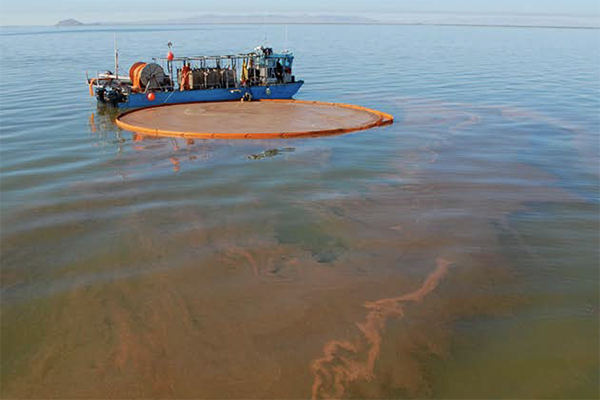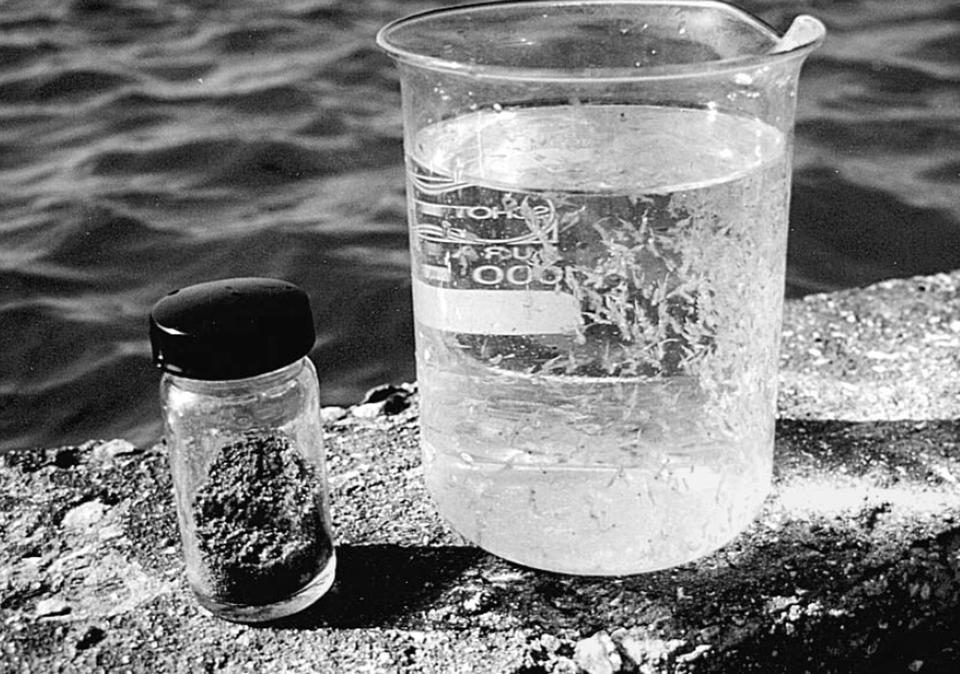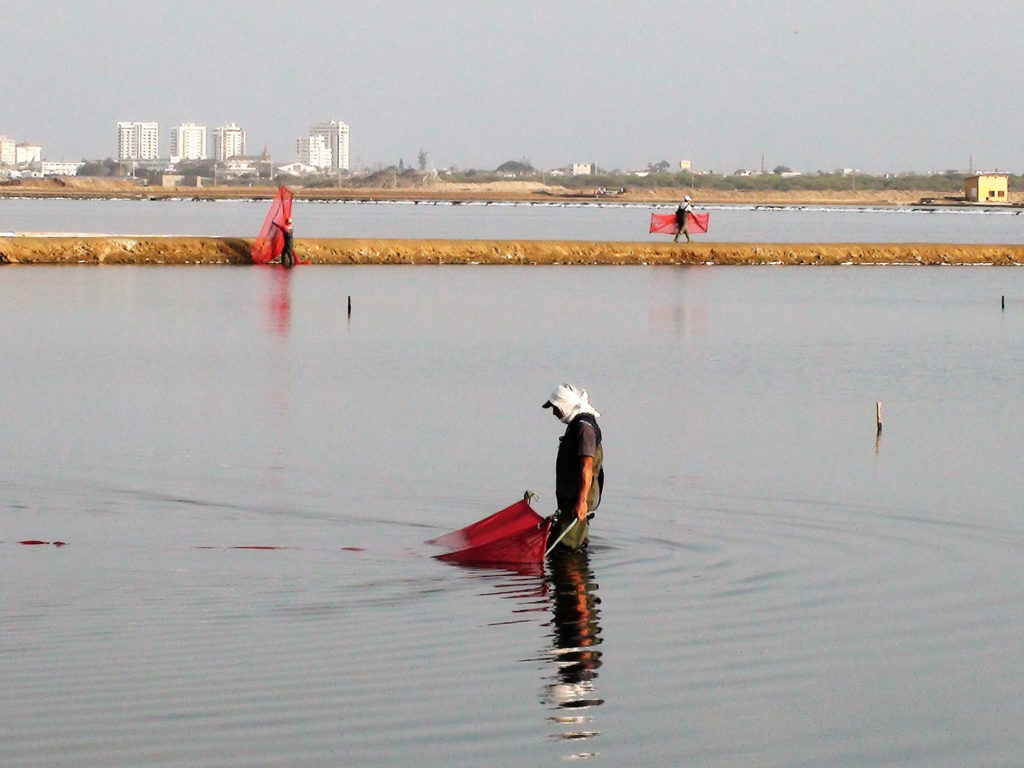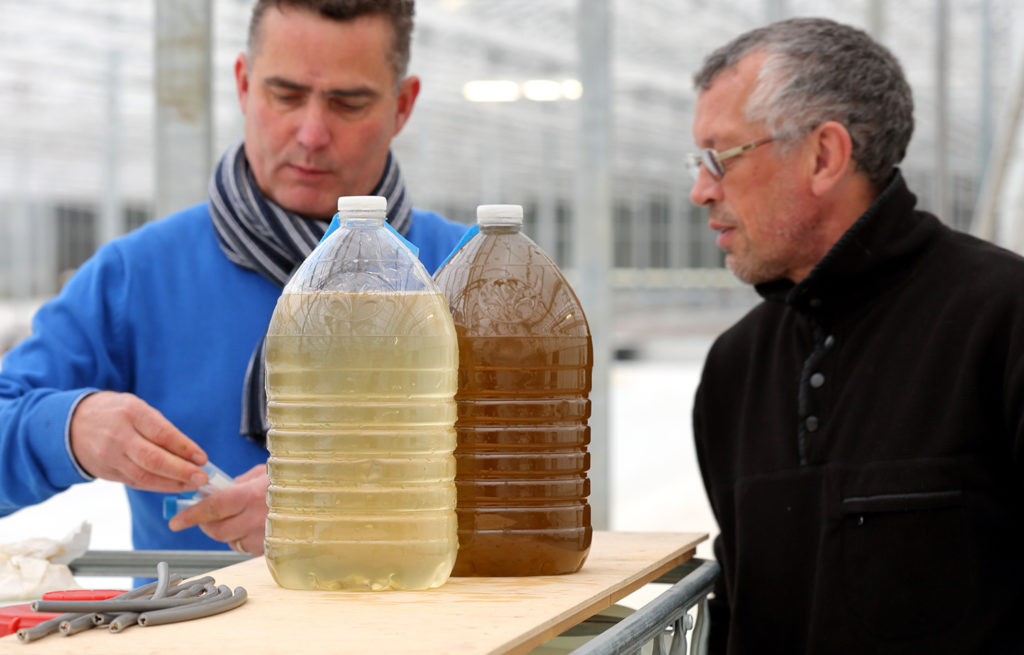Artemia is crucial to the growth of global aquaculture

Utah’s Great Salt Lake Artemia fishery has officially achieved the Marine Stewardship Council’s (MSC) sustainable wild fishery certification, making it the first inland fishery in the United States to earn this prestigious certification.
Brine shrimp (Artemia franciscana) are tiny shrimp-like crustaceans that live in hypersaline lake environments like the Great Salt Lake. They are a vital part of the lake’s ecosystem, serving as a food source for numerous bird species and providing income for local fishermen.
The MSC certification process requires fisheries to meet standards for sustainable fishing practices, environmental impact and management. The Great Salt Lake artemia fishery underwent an eight-month assessment by an independent, third-party certifier.
“Great Salt Lake brine shrimp fishery’s achievement of MSC certification is a testament to the hard work and dedication of local fishermen, who have been practicing sustainable fishing for generations,” said Nicole Condon, MSC U.S. program director. “By earning this certification, the fishery is demonstrating their commitment to the long-term health of the lake’s ecosystem and the communities that depend on it.”
Great Salt Lake is the largest saltwater lake in the Western Hemisphere, is home to one of the largest brine shrimp populations in the world, and is the only commercial source of brine shrimp in the Western Hemisphere. The Great Salt Lake Brine Shrimp Cooperative, which holds the fishery certificate, uses spotter planes to identify cyst blooms from above and harvests with gear like rakes and containment booms.
Artemia cysts are stored and hatched for use as live feed for shrimp hatcheries and approximately 99 percent of the product is exported.
“Sustainability defines our industry in unique ways,” said Timothy Hawkes, vice chair and general counsel for Great Salt Lake Brine Shrimp Cooperative. “The harvest management system in place on Great Salt Lake – developed in collaboration between industry and the State of Utah – harvests only the excess cysts in the system. That management system sets up the brine shrimp population for the best possible start the following year, which benefits not only the population itself, but the brine shrimp industry and the tens of millions of migratory birds that also rely on the resource. We are grateful to be recognized for our dedication to sustainability with the MSC certification.”
Follow the Advocate on Twitter @GSA_Advocate
Now that you've reached the end of the article ...
… please consider supporting GSA’s mission to advance responsible seafood practices through education, advocacy and third-party assurances. The Advocate aims to document the evolution of responsible seafood practices and share the expansive knowledge of our vast network of contributors.
By becoming a Global Seafood Alliance member, you’re ensuring that all of the pre-competitive work we do through member benefits, resources and events can continue. Individual membership costs just $50 a year.
Not a GSA member? Join us.
Author
-
Responsible Seafood Advocate
[103,114,111,46,100,111,111,102,97,101,115,108,97,98,111,108,103,64,114,111,116,105,100,101]
Tagged With
Related Posts

Aquafeeds
Advances in shrimp postlarval nutrition
A variety of factors – postlarval nutrition, disease treatment and control of microflora – contribute to optimal hatchery operations.

Innovation & Investment
Artemia, the ‘magic powder’ fueling a multi-billion-dollar industry
Artemia, microscopic brine shrimp used as feed in hatcheries, are the unsung heroes of aquaculture. Experts say artemia is still inspiring innovation more than 50 years after initial commercialization. These creatures are much more than Sea-Monkeys.

Responsibility
Inside the commercial production of artemia biomass in Ecuador
Author discusses the development of commercial production of artemia biomass in Peru and Ecuador as an important feed for maturation of shrimp broodstock in hatcheries.

Innovation & Investment
Algae innovators aim to freeze out early-stage shrimp losses
A greenhouse in Belgium believes its innovative shrimp feed product, made from freeze-dried microalgae, packs the necessary nutrients for the crustacean’s most vulnerable life stage: the first three days of its life.



